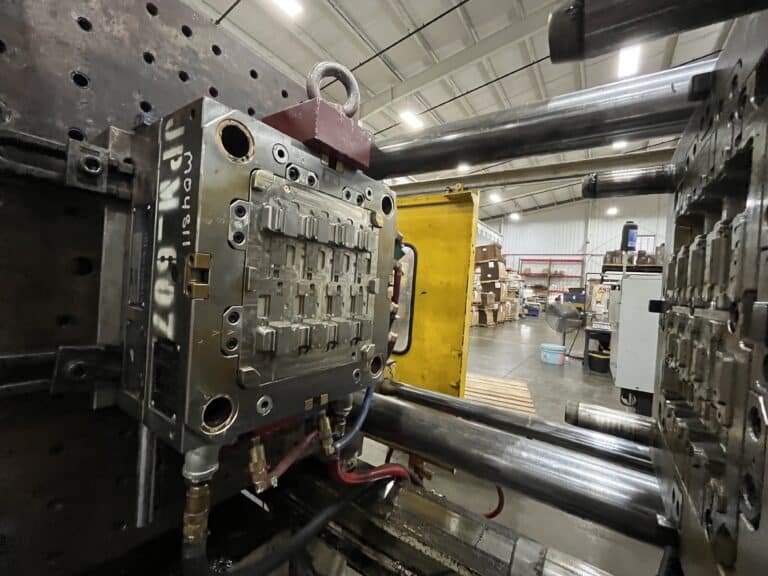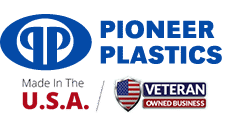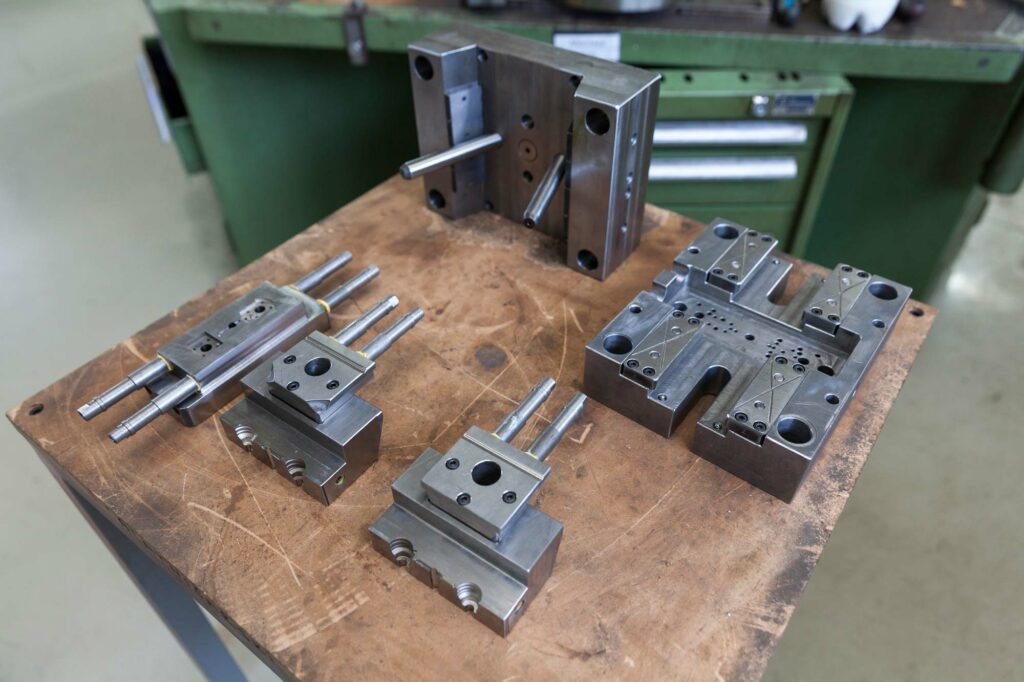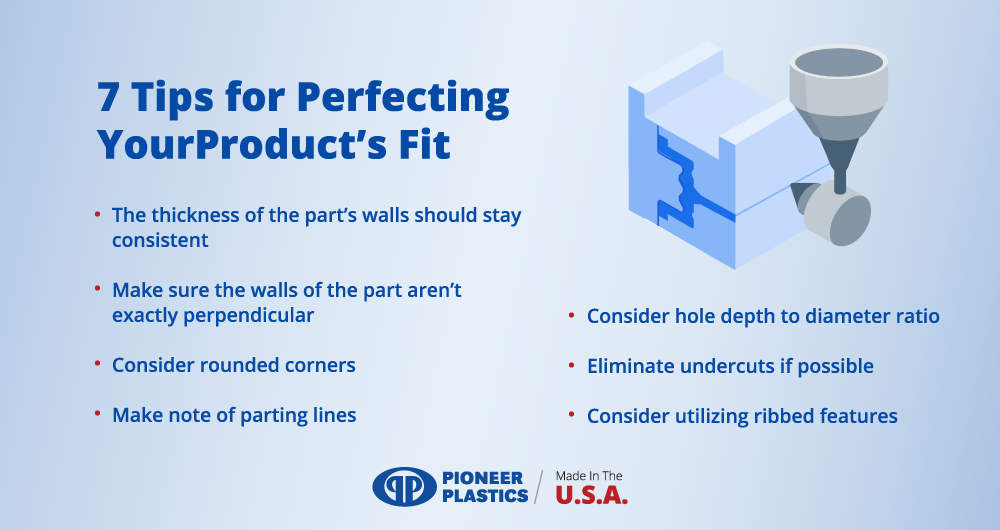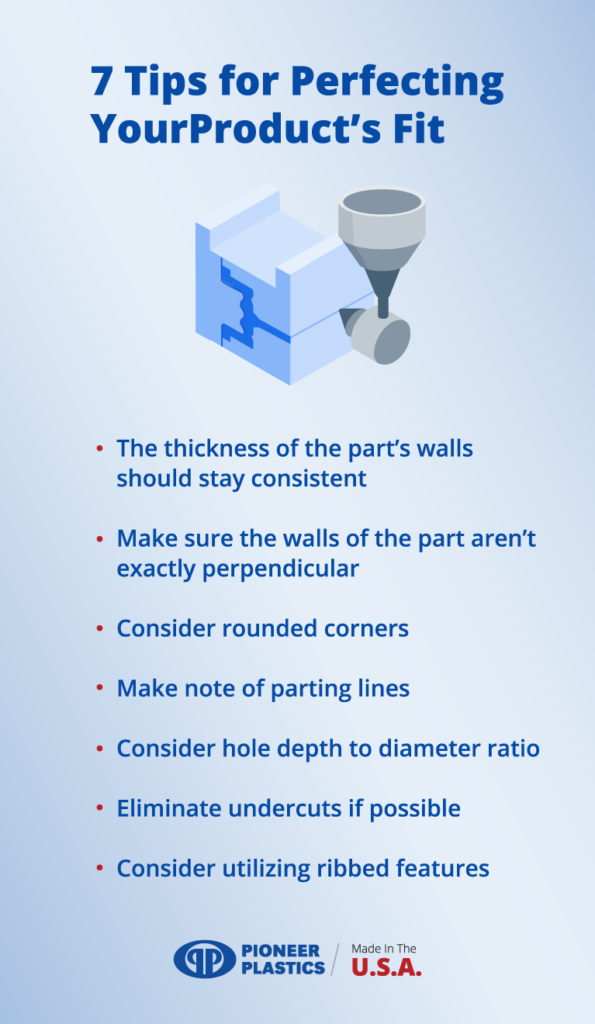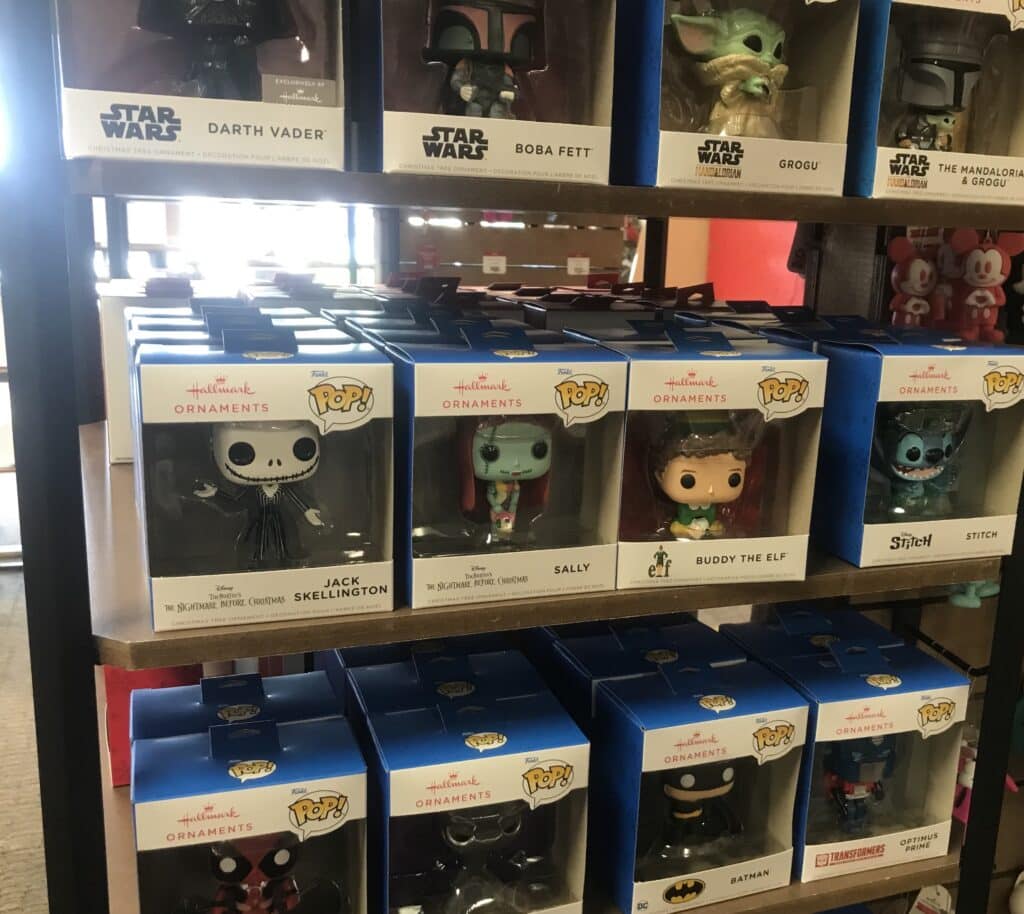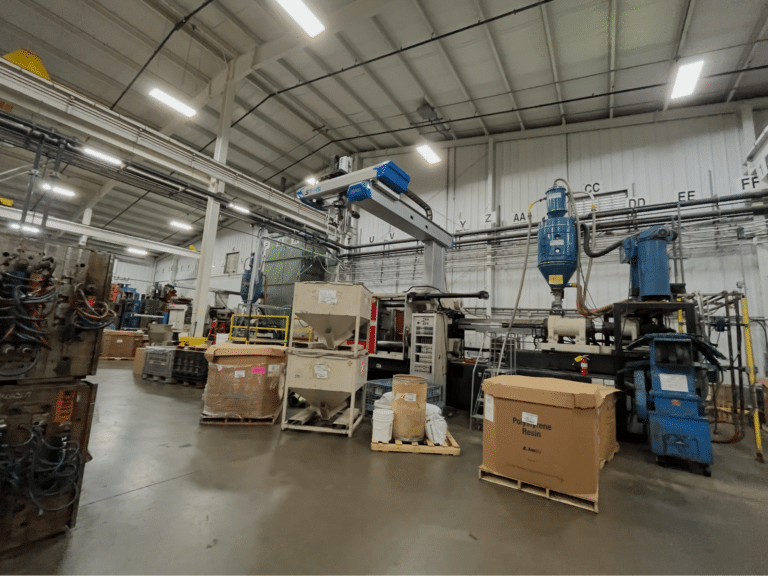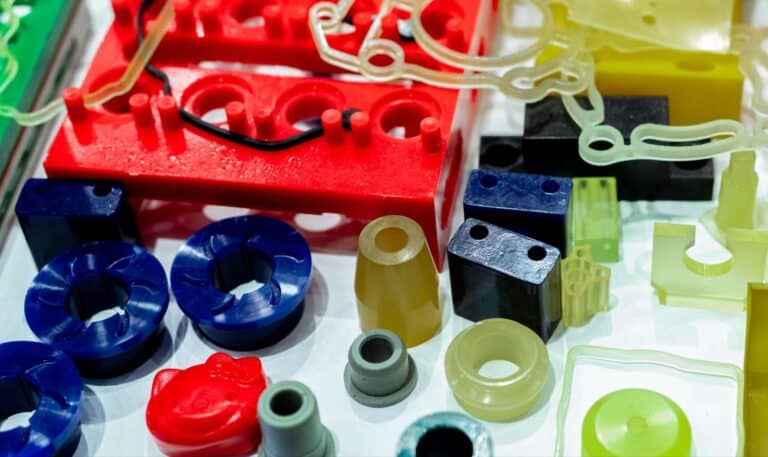The thickness of the part’s walls should stay consistent whenever possible.
Inconsistencies in the wall thickness can cause the plastic to warp. When the plastic cools, it cools from the outside inward which can cause the outside walls to be pulled inward (called sinks), internal stress, or internal voids.
Make sure the walls of the part aren’t exactly perpendicular
This wall feature is called a draft angle. It allows the part to come out of the mold smoothly. We recommend a draft angle of between 2 and 5 degrees.
Consider Rounded corners
Rounded corners allow material to flow through the part more efficiently. This also reduces stress on the material during the cooling process, in turn reducing its tendency to crack, bow, warp, or have fragile corners.
Make note of parting lines
A parting line is a line where the two halves of the mold meet. This can create a thin blemish around the part depending on how it was designed. If you need a sharp edge on your part, you can reduce blemishes incorporating that edge in the parting line.
Consider hole depth to diameter ratio
Most plastics companies recommend the hole depth-to-diameter ratio to stay under two. There are two types of holes:
– Through Holes
– Blind Holes
Unlike through holes, blind holes don’t protrude through the part. The pins that are used to make these blind holes shouldn’t be too long, because the heat and pressure can potentially warp the insertion area.
Eliminate undercuts if possible
To save money, it would be wise to avoid using undercuts. Undercuts will almost always result in a more expensive part, due to a more complex mold design and typically more process time is needed to create them.
An undercut is any protrusion or indentation that houses any non-standard mating part of the plastic. (For example: A T-shaped connector)
Consider utilizing ribbed features
If you want to strengthen the molded part without adding additional wall thickness, ribbing is a great way to accomplish this. Taller ribs can lead to issues like warping and bending. But if your piece has subtle and simple ribbing, it should serve the function well.
